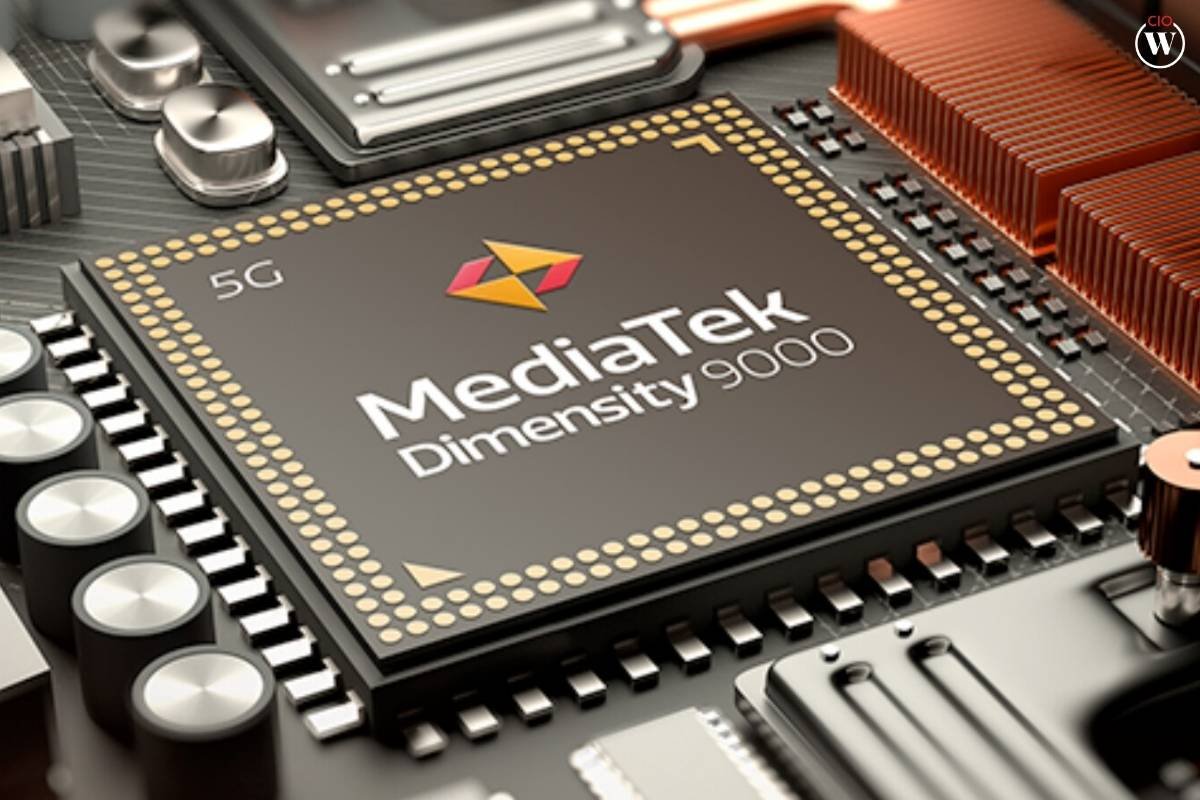From Pixels to Processors: The Parts That Power Your Versatile
In the present computerized age, cell phones have advanced into vital devices for correspondence, diversion, work, and more. These smooth gadgets are a wonder of current designing, lodging a large number of parts that work as one to convey a consistent client experience. From the pixels on your screen to the processors at the core of your gadget, each part assumes an indispensable part. This article dives profoundly into the parts that power your versatile, investigating their capabilities and importance.
1. The Presentation: A Window to the Computerized World
The presentation is the most noticeable and interactive part of any cell phone. Current presentations come in various advancements, including:
LCD (Liquid Crystal Display): Known for their brilliance and variety accuracy, LCDs utilize a backdrop illumination to enlighten pixels. Variations like IPS-LCD offer more extensive review points and better variety proliferation.
OLED (Organic Light-Emitting Diode): OLED shows are valued for their capacity to create profound blacks and lively varieties by independently lighting every pixel. Variations like AMOLED and Super AMOLED improve energy proficiency and splendor.
High-Resolution Displays: With goals going from Full HD to 4K, these screens guarantee more honed visuals, making them ideal for gaming and media utilization.
Touchscreen innovation, like capacitive touchscreens, is flawlessly coordinated into shows, empowering clients to easily collaborate.
2. The Processor: The Brain of Your Portable
At the core of each cell phone is the processor, frequently alluded to as the CPU (Central Processing Unit). The processor decides the speed and proficiency of the gadget. Driving processors include Qualcomm's Snapdragon, Apple's A-series chips, and MediaTek's Dimensity setup. Key components of processors include:
Cores: Current processors feature multiple cores (dual-core, quad-core, octa-core) to handle multitasking and complex computations.
Clock Speed: Measured in GHz, it indicates how quickly the processor executes tasks.
AI Integration: Numerous processors now incorporate AI engines to optimize execution, enhance photography, and support voice assistants.
3. The GPU: Graphics at the Forefront
The Graphics Processing Unit (GPU) works alongside the CPU to handle graphics-intensive tasks. It's critical for gaming, video playback, and augmented reality applications. GPUs like Adreno, Mali, and Apple's custom designs power stunning visuals and smooth animations.
4. Memory: RAM and Storage
RAM (Random Access Memory): RAM temporarily stores data that the device actively uses, ensuring smooth multitasking. Smartphones now offer anywhere from 4GB to 16GB of RAM.
Internal Storage: Storage capacities range from 32GB to 1TB, accommodating apps, photos, videos, and files. Many devices also feature expandable storage through microSD cards.
5. The Battery: Powering Everything
Batteries are the lifeline of cell phones. Most modern devices use lithium-ion or lithium-polymer batteries due to their high energy density and rechargeability. Key battery features include:
Capacity: Measured in mAh (milliampere-hour), it determines how long the device lasts on a single charge.
Fast Charging: Technologies like Qualcomm Quick Charge and USB Power Delivery enable rapid recharging.
Wireless Charging: Supported by standards like Qi, it eliminates the need for cables.
6. The Camera System: Capturing Moments
Cell phone cameras have revolutionized photography. Modern devices feature multiple cameras (ultra-wide, telephoto, macro) and advanced technologies, such as:
Image Sensors: Larger sensors capture more light, improving low-light performance.
Optical Image Stabilization (OIS): Reduces blur caused by shaky hands.
Computational Photography: AI-powered algorithms enhance images by adjusting exposure, color, and sharpness.
7. The Operating System: Software Backbone
The operating system (OS) integrates all hardware components. Leading mobile OS platforms include:
Android: Known for its customization and extensive app ecosystem.
iOS: Apple's proprietary OS, offering seamless integration with its ecosystem.
The OS manages resources, provides a user interface, and ensures optimal hardware utilization.
8. Connectivity Modules: Staying Connected
Cell phones feature a range of connectivity options, including:
Cellular Modules: Support for 4G, 5G, and beyond enables high-speed data transfer.
Wi-Fi and Bluetooth: Facilitate wireless internet access and device pairing.
GPS: Essential for navigation and location-based services.
NFC (Near Field Communication): Enables contactless payments and data exchange.
9. Sensors: Enhancing Functionality
Modern cell phones come equipped with various sensors, such as:
Accelerometer: Detects motion and orientation.
Gyroscope: Enables precise motion tracking for gaming and augmented reality.
Proximity Sensor: Turns off the display during calls to save power.
Fingerprint and Face Sensors: Enhance security and enable biometric authentication.
10. Audio Components: Crystal Clear Sound
Speakers and Microphones: Deliver high-quality sound and voice input/output.
DAC (Digital-to-Analog Converter): Improves audio quality for music and calls.
Headphone Jack (or Lack Thereof): Many devices now rely on USB-C or wireless audio solutions.
11. The Motherboard: The Central Hub
The motherboard is the central circuit board that connects all components. It houses critical elements like the CPU, GPU, RAM, storage, and connectivity modules, ensuring they work together seamlessly.
12. Build and Materials: Form Meets Function
Cell phone designs often incorporate materials like:
Metal and Glass: For a premium look and feel.
Plastic: For durability and cost-effectiveness.
Ceramic and Carbon Fiber: For enhanced strength and aesthetics.
Waterproofing and rugged designs add extra layers of protection.
13. The Evolution of Mobile Components
Over the years, mobile components have seen remarkable advancements:
Chipset Miniaturization: Smaller, more efficient processors.
Foldable Displays: Innovative designs enabling new form factors.
Improved Battery Technology: Longer life and faster charging.
14. The Future of Mobile Components
The cell phone industry continues to evolve, with trends like:
6G Connectivity: Even faster data speeds.
AI Processors: Enhanced real-time capabilities.
Sustainable Materials: Eco-friendly designs reducing environmental impact.










0 comments:
Post a Comment